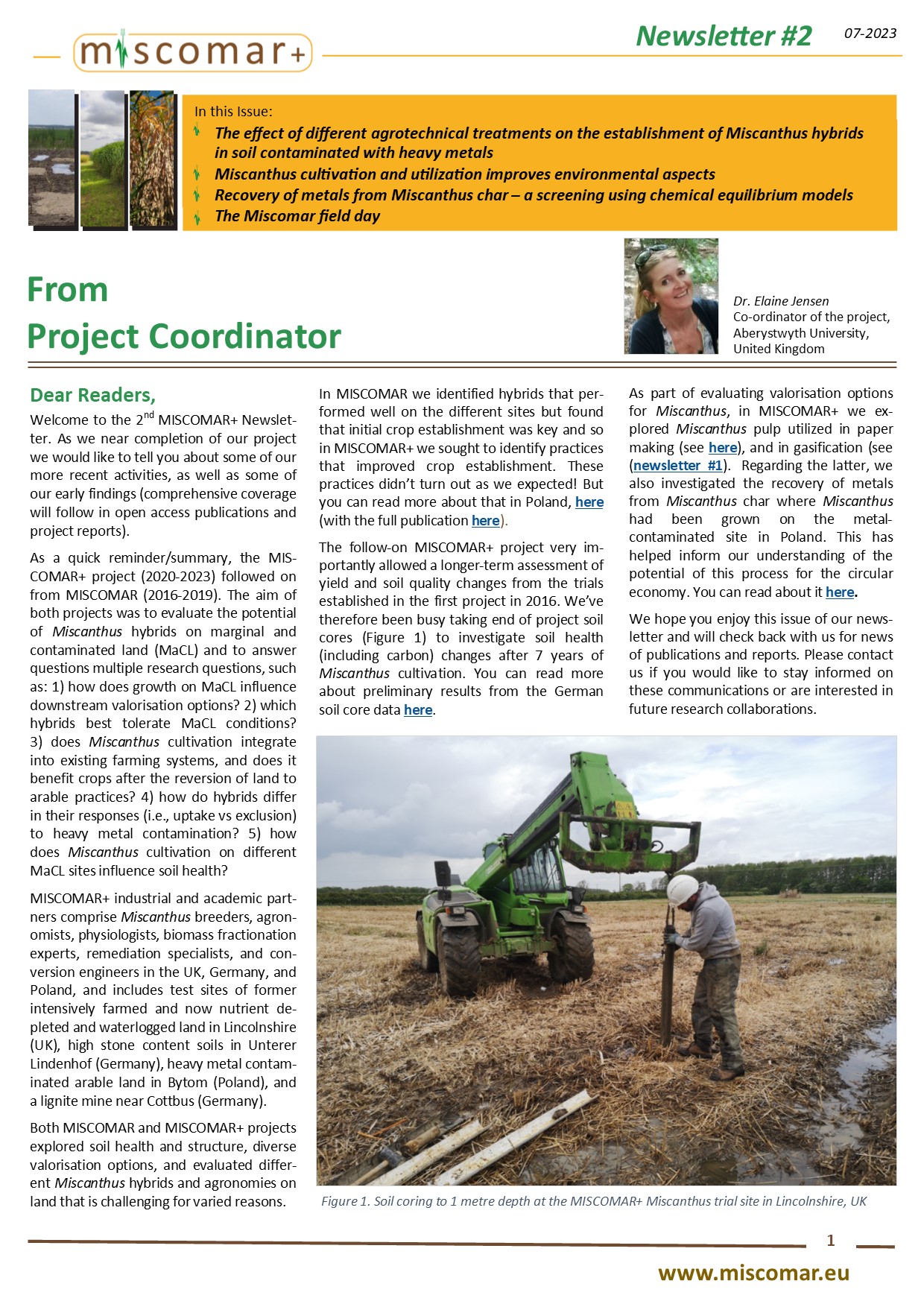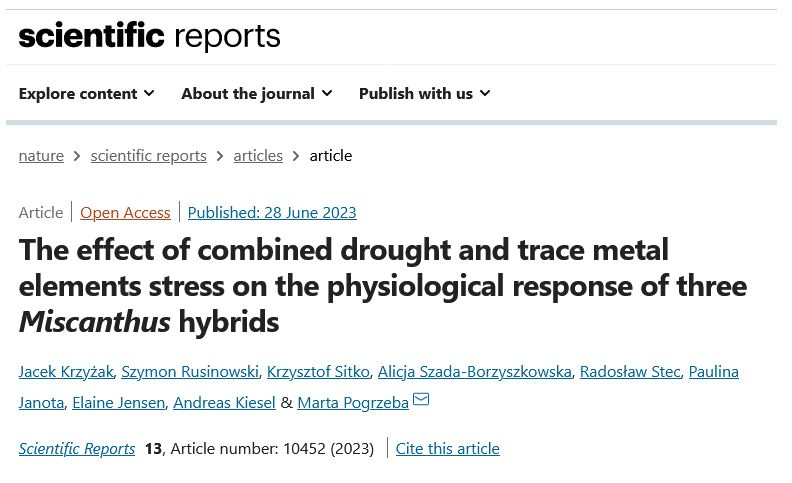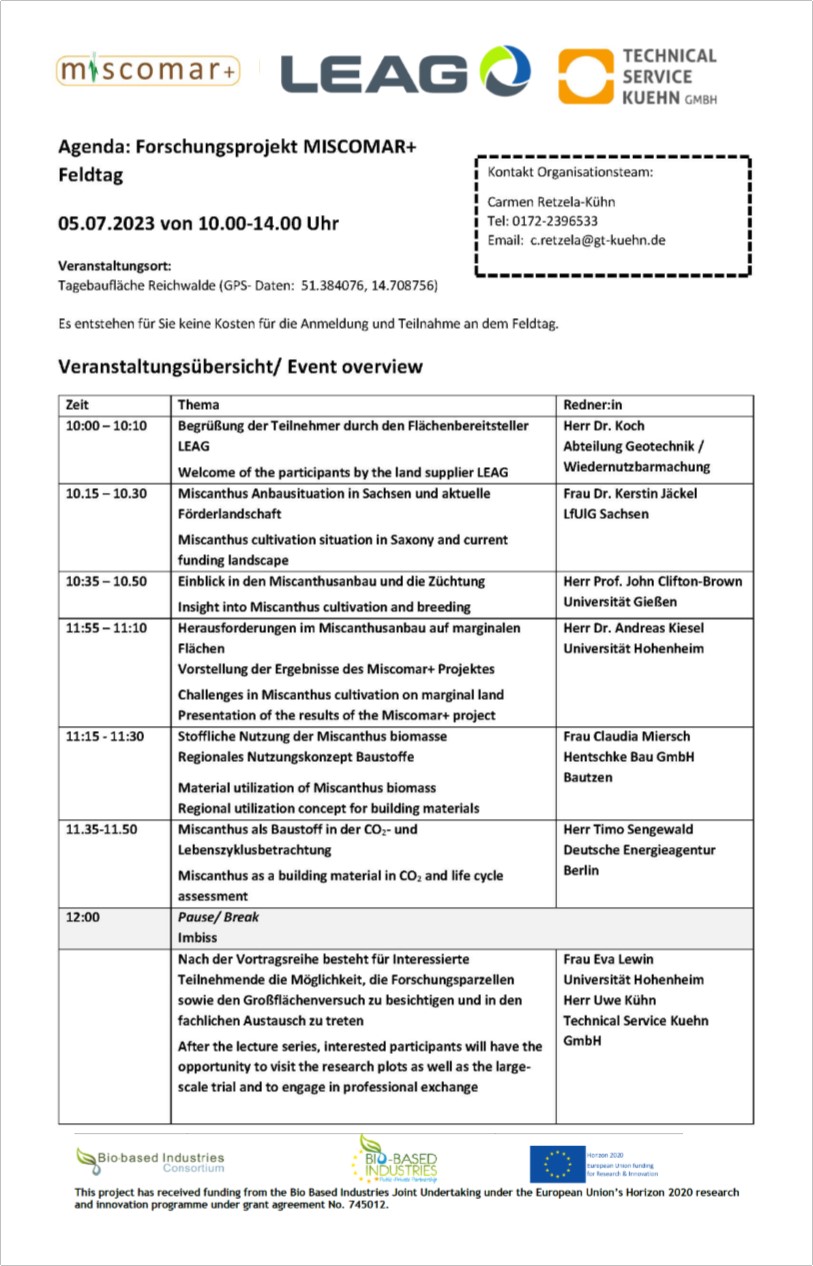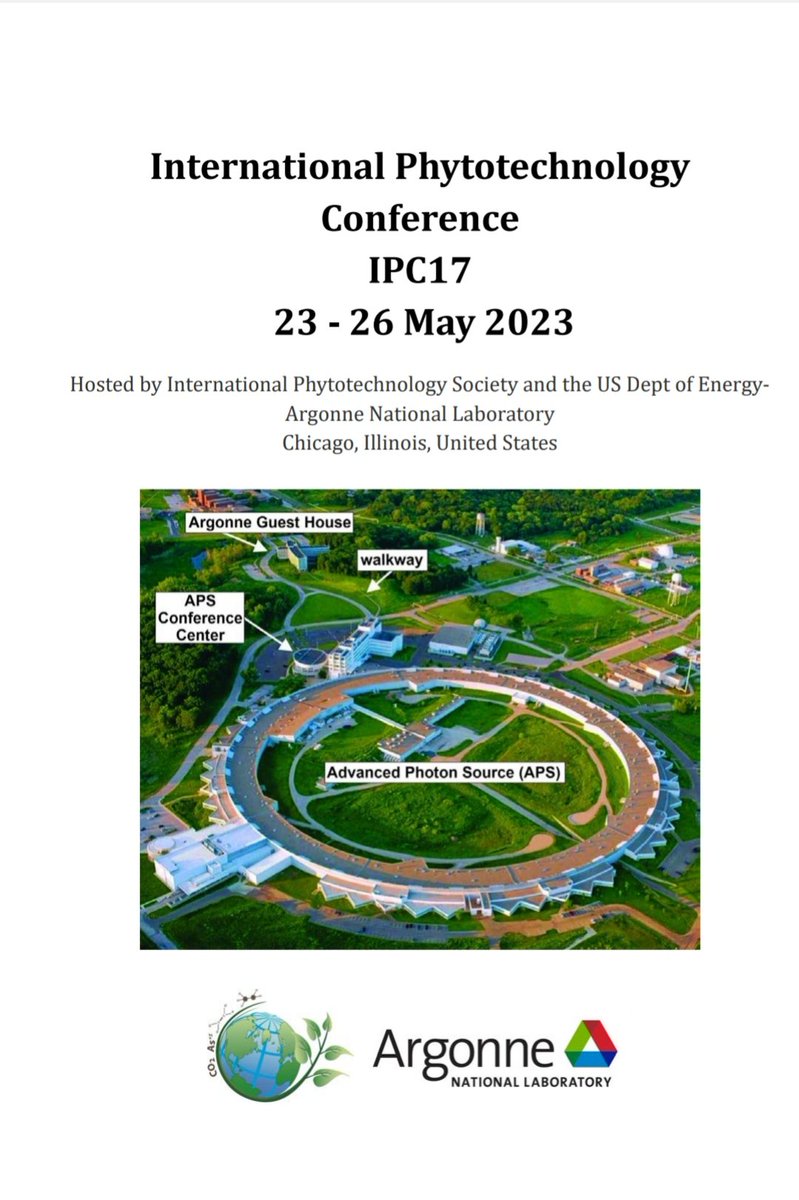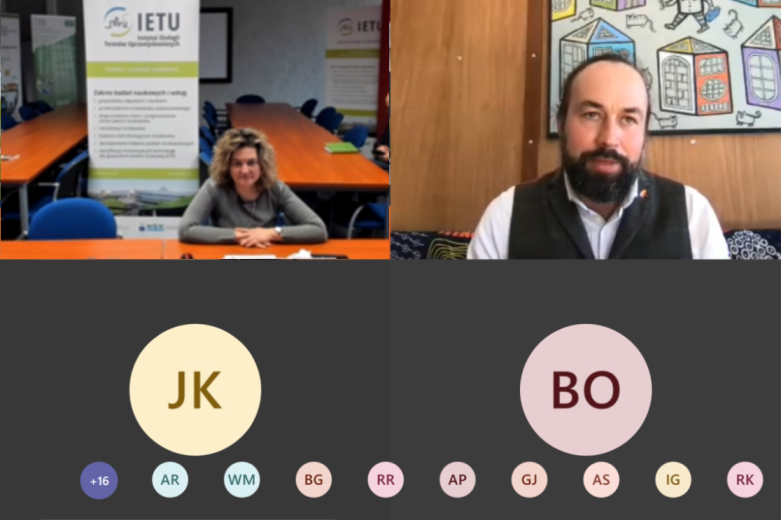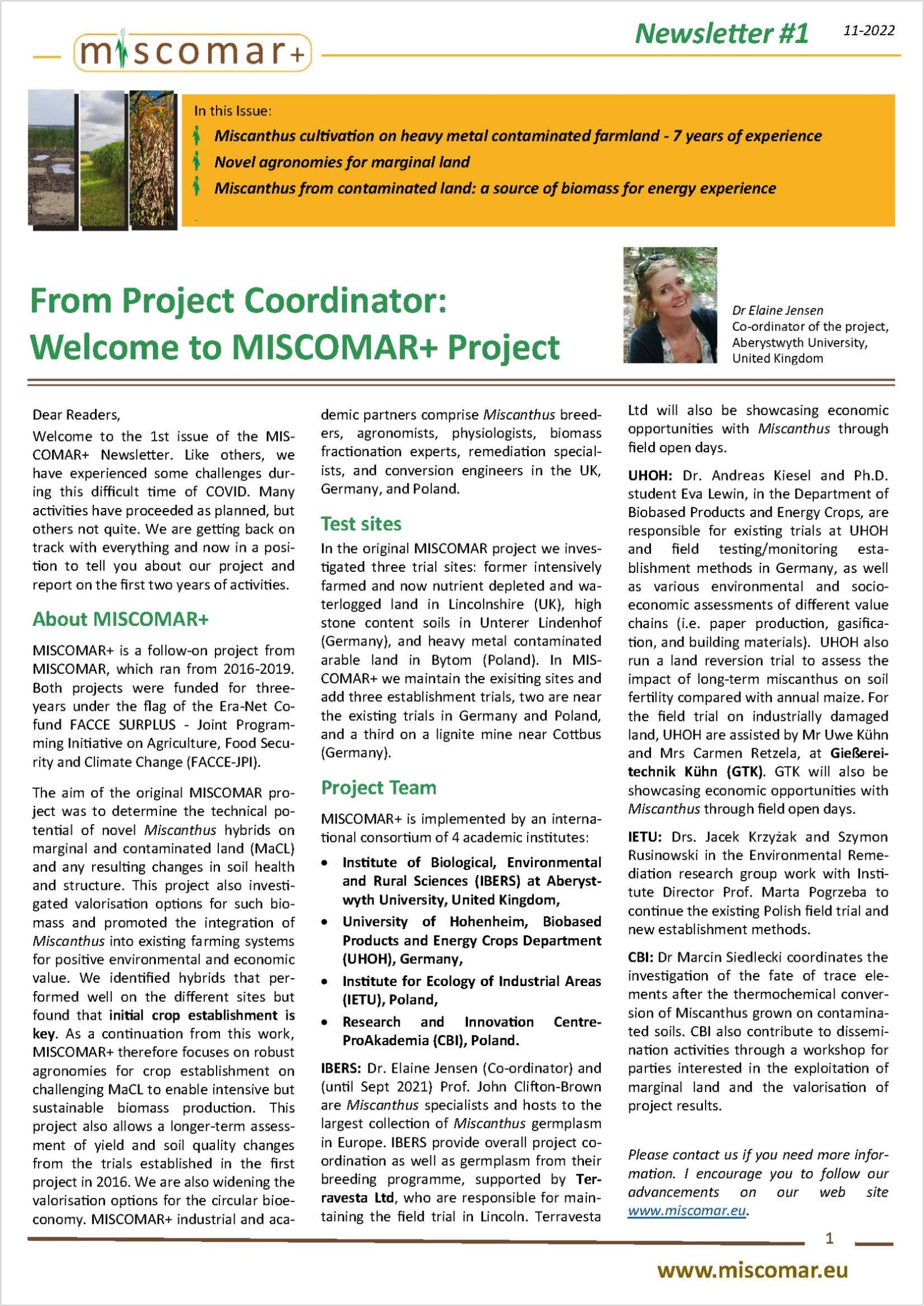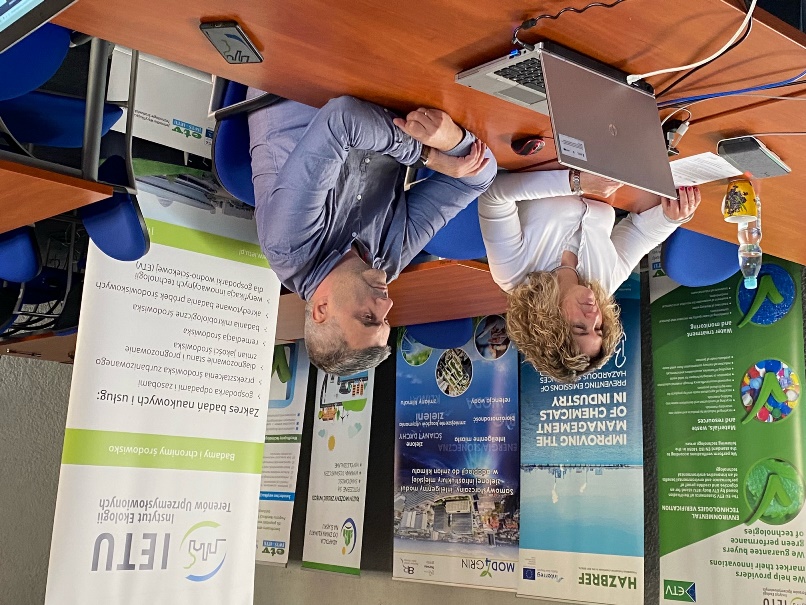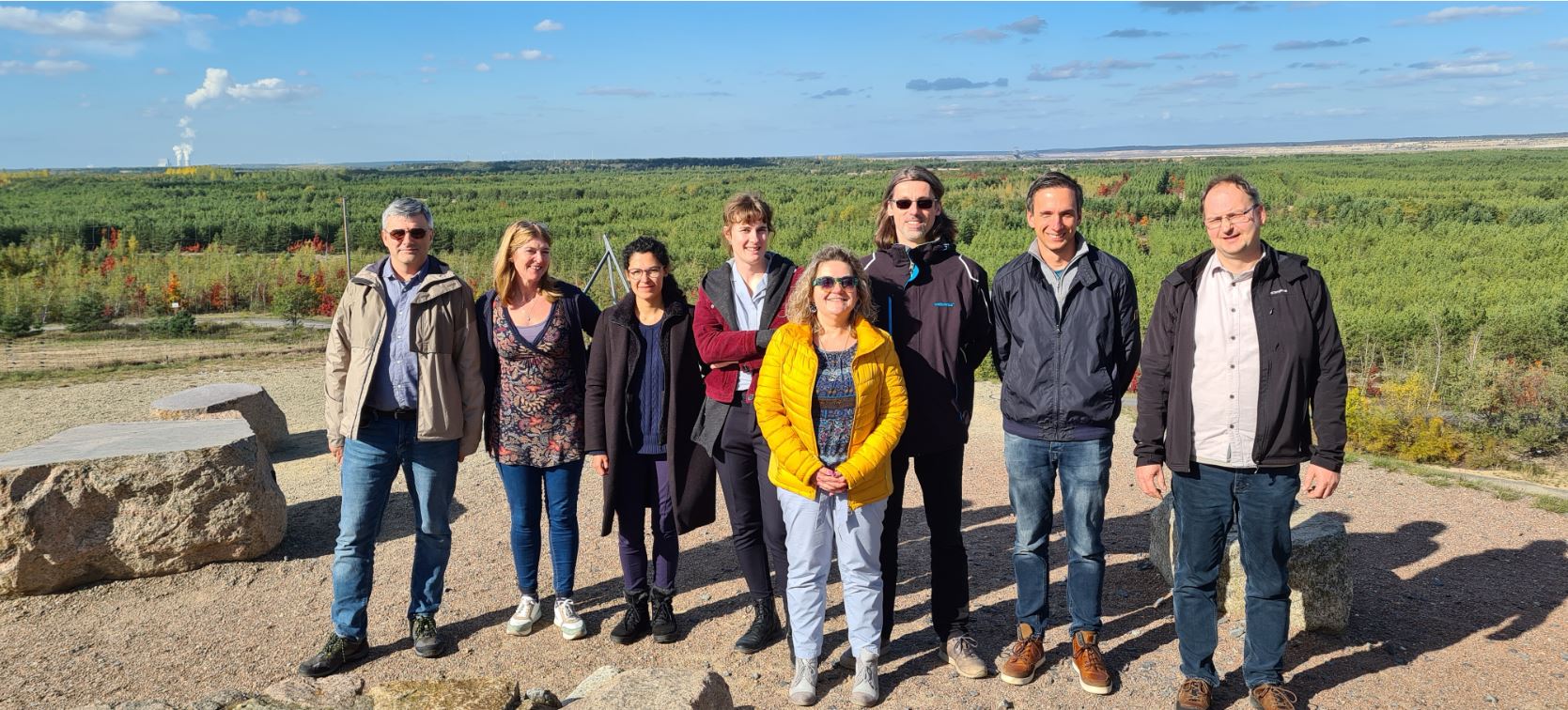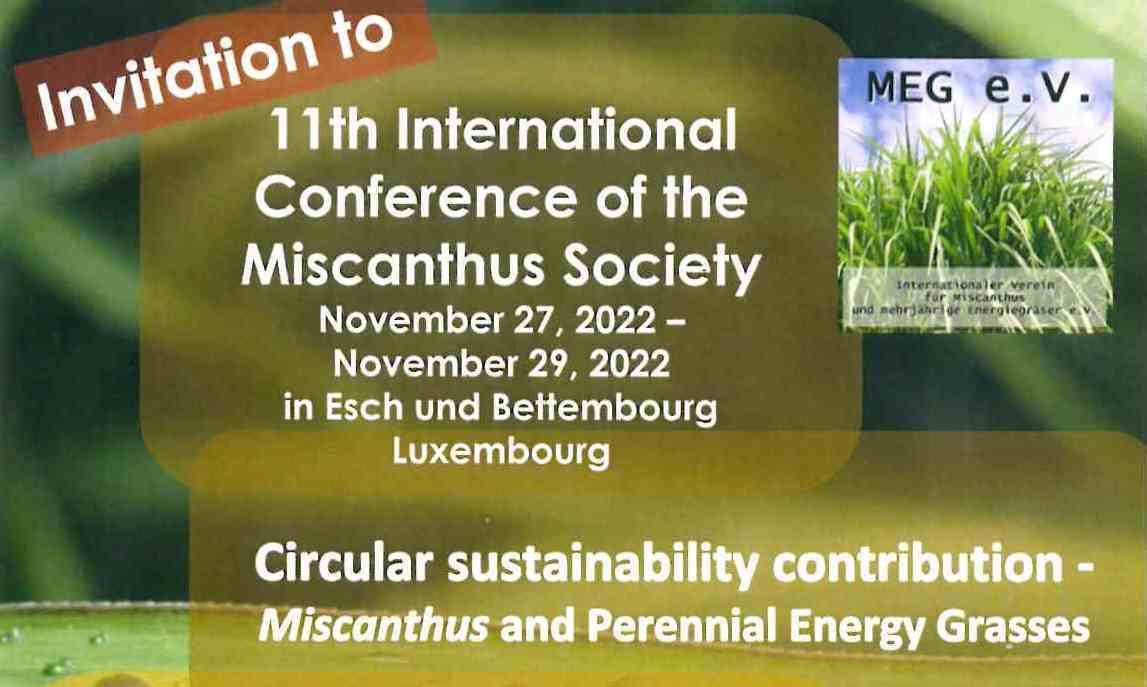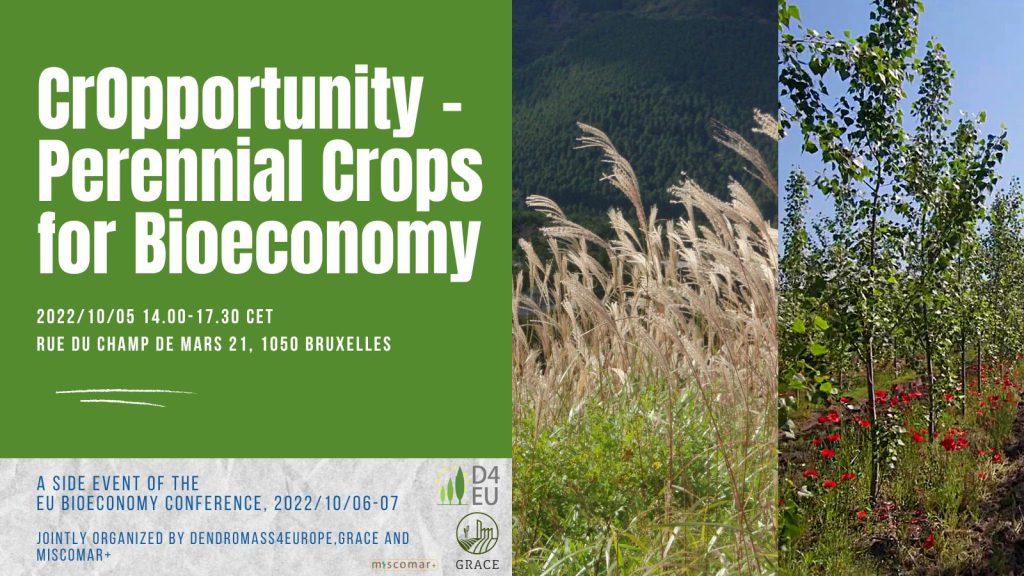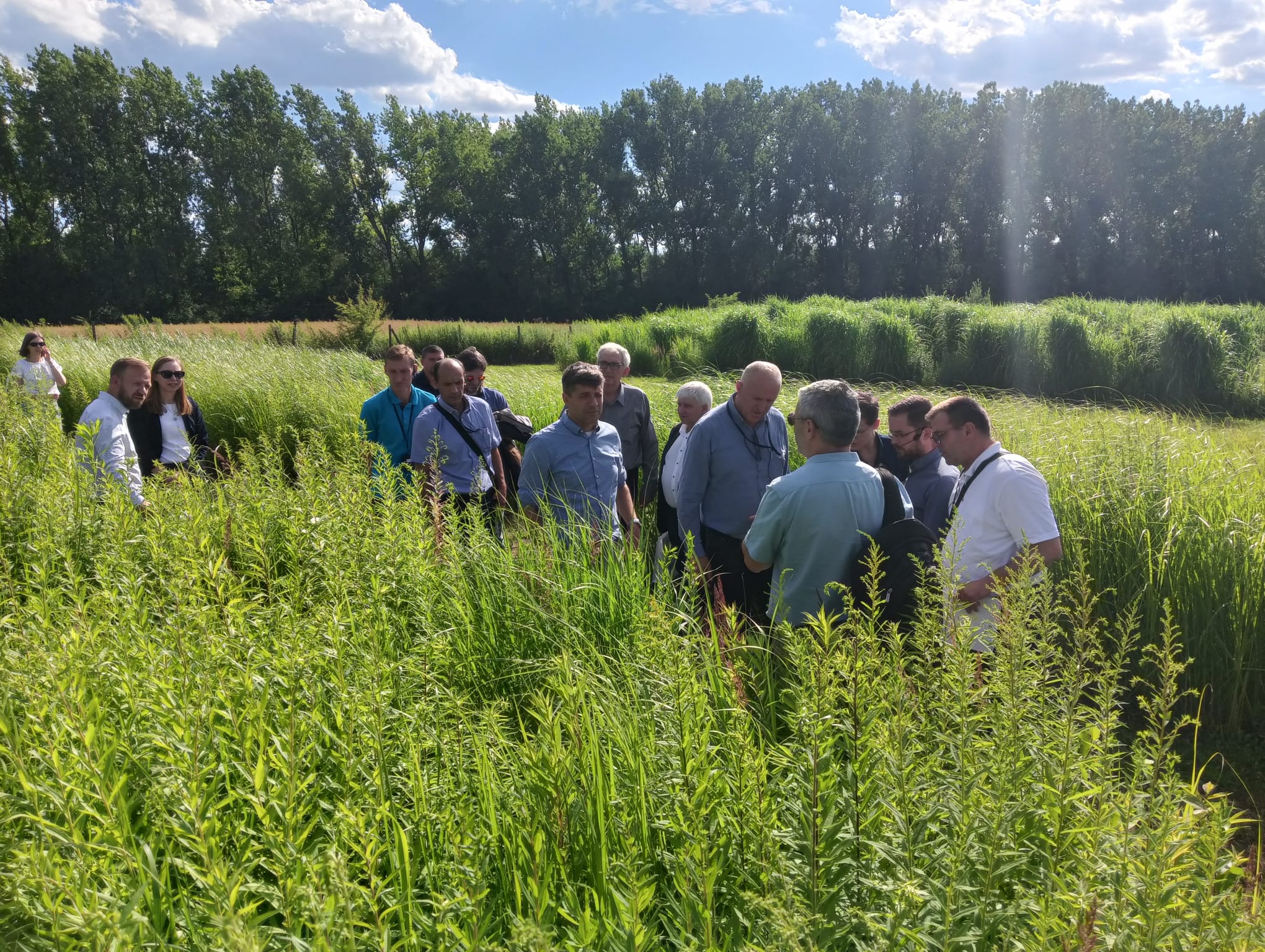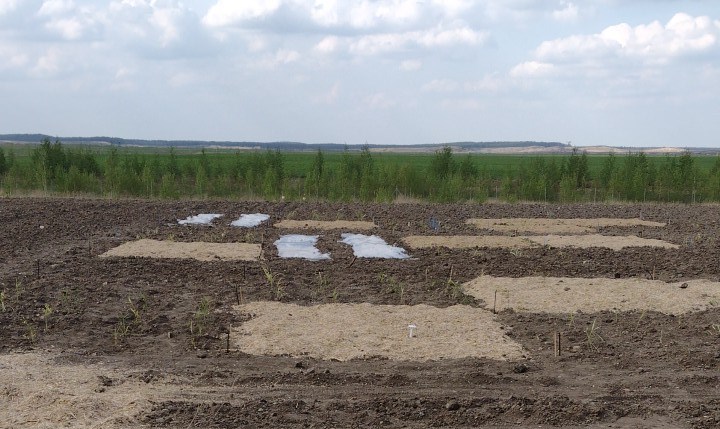Miscomar+ project results have been published in Scientific Reports:
Krzyżak, J., Rusinowski, S., Sitko, K., Szada-Borzyszkowska, A., Stec, R., Janota, P., Jensen E., Kiesel A., Pogrzeba, M. (2023). The effect of combined drought and trace metal elements stress on the physiological response of three Miscanthus hybrids. Scientific Reports, 13(1), 10452. https://doi.org/10.1038/s41598-023-37564-5
Abstract
Drought is a serious threat worldwide and has a significant impact on agricultural production and soil health. It can pose an even greater threat when it involves land contaminated with trace metal element (TMEs). To prevent desertification, such land should be properly managed and growing Miscanthus for energy or raw material purposes could be a solution. The effects of drought and TMEs were studied in a pot experiment on three different Miscanthus hybrids (conventional Miscanthus × giganteus, TV1 and GNT10) considering growth parameters, photosynthetic parameters and elemental composition of roots, rhizomes and shoots.
GNT10 was characterised by the weakest gas exchange among the hybrids, which was compensated by the highest number of leaves and biomass. The strongest correlations between the studied parameters were found for TV1, which might indicate a high sensitivity to TME stress. For M × g and GNT10, the main mechanisms for coping with stress seem to be biomass management through number of shoots and leaves and gas exchange. The main factor determining the extent of accumulation of TMEs was the amount of water applied in the experimental treatment, which was related to the location of the plant in the aniso-isohydric continuum. GNT10 was the most resistant plant to combined stress, while it responded similarly to TV1 when drought and trace metal elements were applied separately.

